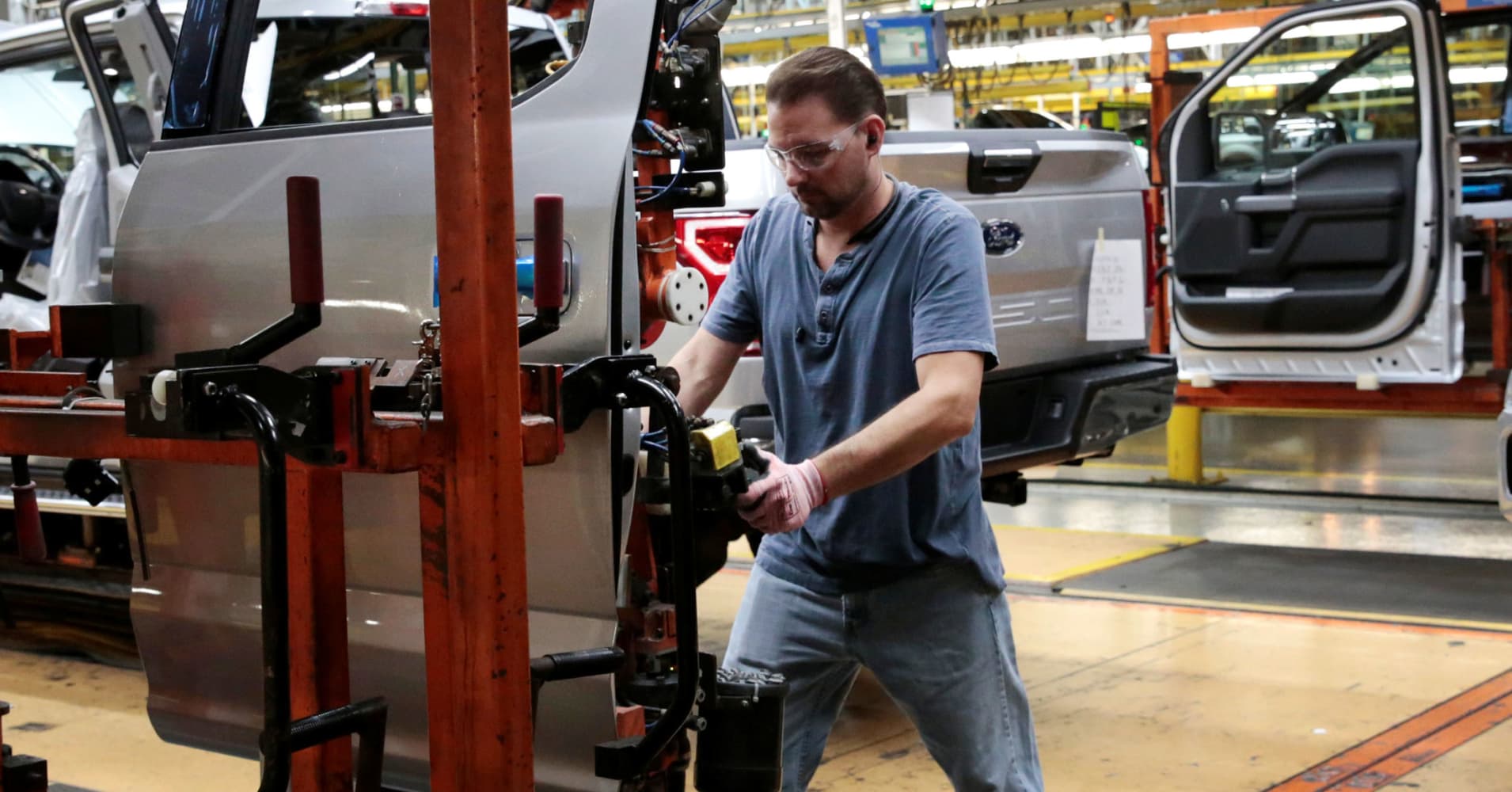
U.S. industrial production increased for a fourth straight month in September, boosted by gains in manufacturing and mining output, but momentum slowed sharply in the third quarter.
The Federal Reserve said on Tuesday industrial production rose 0.3 percent last month after an unrevised 0.4 percent increase in August. Industrial output grew at a 3.3 percent annualized rate in the third quarter after accelerating at a 5.3 percent pace in the second quarter.
The Fed said industrial output in September had been held down “slightly” by Hurricane Florence, which drenched South and North Carolina in mid-September. The U.S. central bank estimated the impact of the storm on industrial production as “less than 0.1 percentage point.”
Manufacturing output increased 0.2 percent in September after rising 0.3 percent in August.
A 1.7 percent increase in motor vehicle production helped to lift manufacturing output last month. Motor vehicle production surged 4.3 percent in August.
There were also strong increases in the production of primary metals, machinery and wood products.
Manufacturing, which accounts for about 12 percent of the economy, is being supported by a strong domestic economy. Momentum is, however, slowing against the backdrop of a strong dollar and cooling global growth, which is restraining exports.
Manufacturing output increased at a 2.8 percent rate in the third quarter after growing at a 2.3 percent pace in the April-June period. Mining production increased 0.5 percent, adding to the 0.4 percent rise in August. Oil and gas well drilling, however, fell for a third straight month in September.
Utilities output was unchanged in September after surging 1.1 percent in the prior month.
Capacity utilization for the industrial sector, a measure of how fully firms are using their resources, was unchanged at 78.1 percent. It is 1.7 percentage points below its 1972-to-2017 average.
Officials at the Fed tend to look at capacity use measures for signals of how much “slack” remains in the economy how far growth has room to run before it becomes inflationary.
Be the first to comment